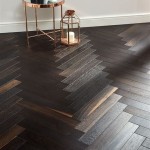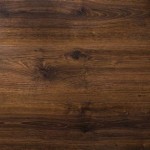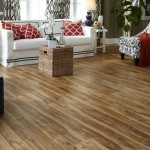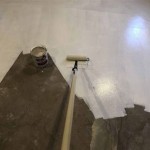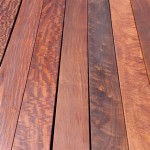What Is The Difference Between Wood Flooring And Laminate?
For homeowners seeking to enhance their living spaces, flooring choices often present a significant decision. Among the popular options, wood flooring and laminate flooring stand out as contenders with distinct characteristics. Understanding the differences between these two flooring types is crucial for making an informed decision that aligns with personal preferences, budget, and lifestyle needs. This article explores key distinctions between wood and laminate flooring, shedding light on their advantages, disadvantages, and suitability for various applications.
Material and Construction
The fundamental difference between wood flooring and laminate flooring lies in their material composition and construction. Wood flooring, as its name suggests, is crafted from solid wood planks, typically sourced from hardwoods like oak, maple, or walnut. These planks are meticulously milled and finished to create a durable and aesthetically pleasing floor surface. Laminate flooring, on the other hand, is engineered from layers of materials, primarily a core of high-density fiberboard (HDF) or medium-density fiberboard (MDF) laminated with a decorative layer that simulates the appearance of natural wood.
The core of laminate flooring provides structural integrity and stability, while the decorative layer features a photographic image printed on a durable melamine resin. This layer replicates the visual appeal of various wood species, including grains, knots, and textures. A protective wear layer, often composed of a clear aluminum oxide coating, is applied over the decorative layer to enhance scratch resistance and durability.
Durability and Lifespan
Durability and lifespan represent significant factors when considering flooring choices. Wood flooring, due to its solid wood construction, exhibits exceptional durability and longevity. Properly installed and maintained wood floors can last for generations, withstanding wear and tear, scratches, and dents. The natural resilience of wood allows for refinishing and sanding, extending its lifespan by restoring its original appearance.
Laminate flooring, while not as durable as solid wood, offers a reasonable level of durability for everyday use. The wear layer protects the decorative layer from scratches and abrasions, making it suitable for moderate foot traffic. However, laminate flooring is not as resistant to dents or water damage compared to wood flooring. While some laminate floors boast water-resistant features, they are not impervious to long-term exposure to moisture.
Cost and Installation
Cost is a critical factor in flooring decisions, and wood flooring generally falls into the higher price range compared to laminate flooring. The cost of wood flooring can vary significantly depending on the wood species, grade, and finish. Exotic hardwoods tend to be more expensive than domestic varieties. Installation costs for wood flooring also contribute to its overall expense, often requiring skilled labor for proper installation.
Laminate flooring is typically more budget-friendly than wood flooring. The cost of laminate flooring is influenced by the quality of materials, decorative layers, and wear layer thickness. Installation is generally simpler and quicker compared to wood flooring, as laminate planks typically click together using a floating installation method. This ease of installation allows for DIY options, further reducing overall costs.
Maintenance and Care
Maintenance requirements vary between wood flooring and laminate flooring. Wood flooring necessitates regular cleaning and periodic refinishing. Sweeping or vacuuming removes dust and debris, while occasional mopping with a damp cloth maintains its cleanliness. When necessary, sanding and refinishing restore the wood's finish and address scratches or wear.
Laminate flooring, on the other hand, requires minimal maintenance. Sweeping or vacuuming is sufficient for routine cleaning. Damp mopping with a specialized cleaning solution is recommended for occasional cleaning, but excessive moisture should be avoided as it can damage the seams and edges of the planks.
Environmental Considerations
Environmental considerations play an increasingly important role in flooring choices. Wood flooring, as a natural product, is a renewable resource. When sourced responsibly, it contributes to sustainable forestry practices. However, the manufacturing process of wood flooring, including milling, finishing, and transportation, carries an environmental impact.
Laminate flooring typically involves a more complex manufacturing process, requiring synthetic materials and extensive energy consumption. The use of resins and other chemicals in the production of laminate flooring can raise environmental concerns. However, some manufacturers focus on eco-friendly practices and utilize recycled materials to minimize the environmental footprint of laminate flooring.

Laminate Vs Hardwood Vinyl Flooring 50floor

Comparing Laminate Flooring And Hardwood 4 Factors

Knowledge What Is Laminate Wood Flooring Interio Floors

Engineered Hardwood Vs Laminate Flooring

Vinyl Plank Vs Laminate Engineered Hardwood Overview And Durability Testing Builds By Maz

Laminate Vs Lvp Choose The Ideal Floor Today Reallyfloors America S Est Hardwood Flooring

Luxury Vinyl Plank Vs Laminate What S The Difference

Diffe Types Of Flooring Twenty Oak

Spc Flooring Vs Laminate Head To Comparison Wood And Beyond Blog

Laminate Vs Vinyl Flooring Costs Pros Cons Differences 2025
See Also
